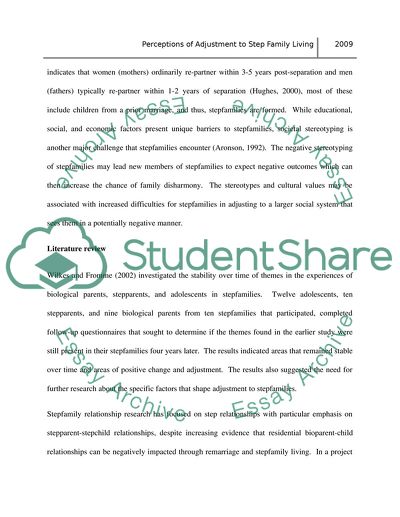Cite this document
(“Perceptions of Adjustment to Stepfamily Living Case Study”, n.d.)
Retrieved from https://studentshare.org/law/1554217-qualitative-research-case-study
Retrieved from https://studentshare.org/law/1554217-qualitative-research-case-study
(Perceptions of Adjustment to Stepfamily Living Case Study)
https://studentshare.org/law/1554217-qualitative-research-case-study.
https://studentshare.org/law/1554217-qualitative-research-case-study.
“Perceptions of Adjustment to Stepfamily Living Case Study”, n.d. https://studentshare.org/law/1554217-qualitative-research-case-study.


